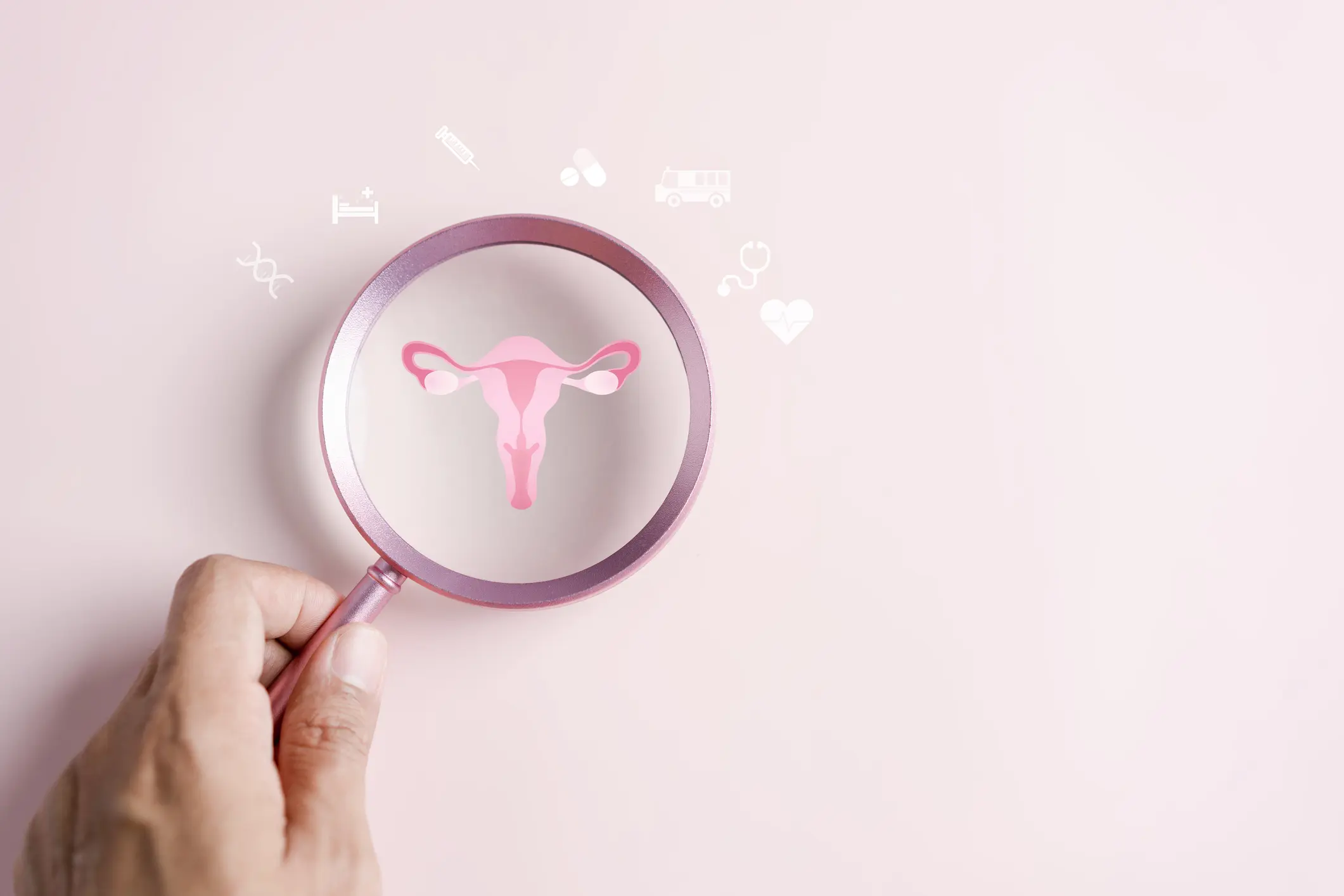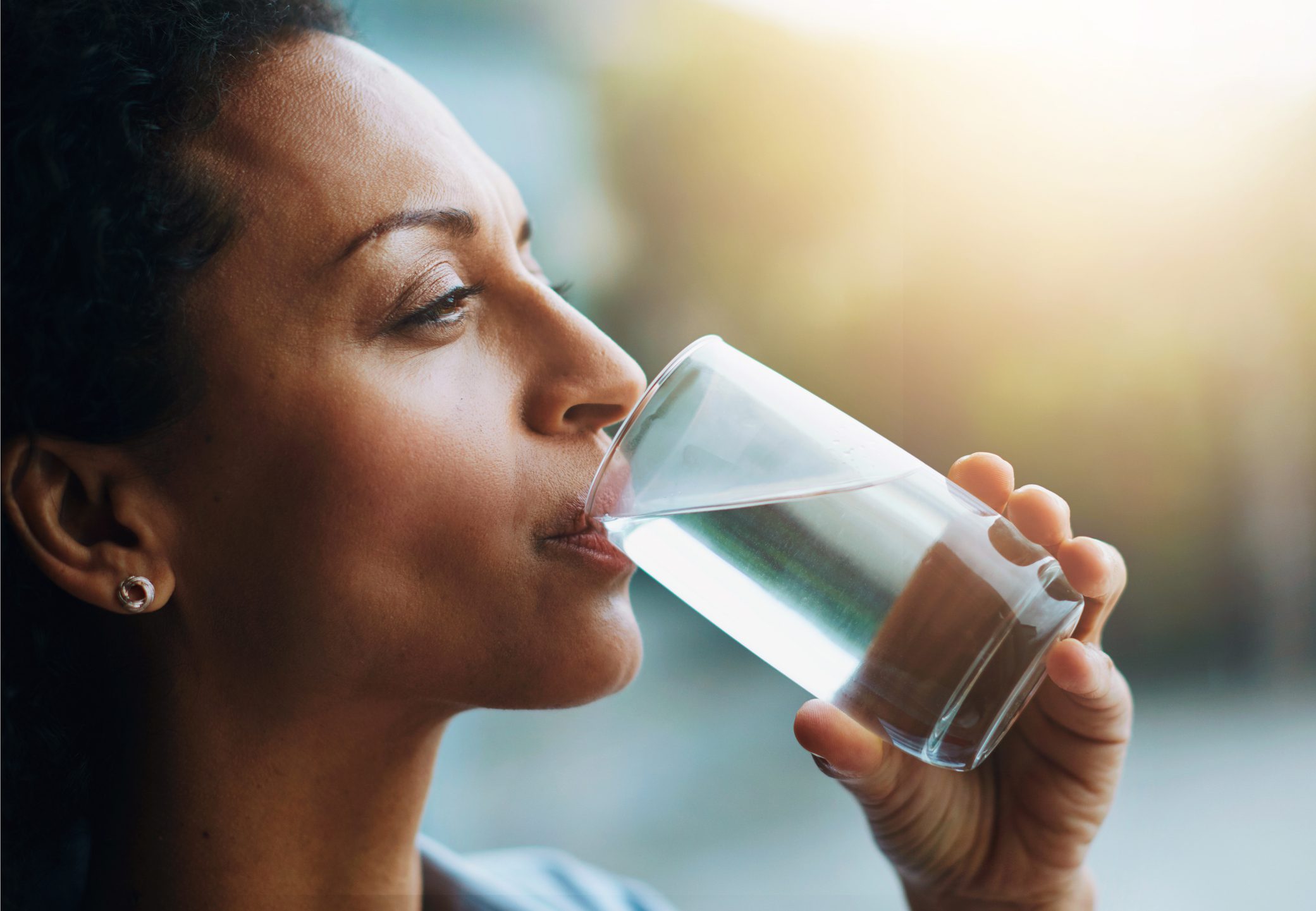
Published on Feb 21, 2023
Last modified on Apr 12, 2024
Setting The Record Straight On Orgasms During & After Menopause
4 min read

Let’s address the elephant in the room: achieving an orgasm IS possible throughout menopause and postmenopause.
But for many of us, it’s, well, just not as simple as it used to be. And there are stats to back this up.
According to the North American Menopause Society, a nationwide survey of sexual health and behavior among US adults revealed that up to 23% of women between the ages of 57 and 85 did not find sex pleasurable, with 65% saying they were troubled by this lack of sexual pleasure.
So what’s a woman to do? Is the elusive orgasm just TOO elusive to be redeemed? Here’s what you need to know in order to create a sex life that works for you.
Anatomy of an orgasm
If (big IF) we had sex education back in school, we probably didn’t learn much about women’s health, not to mention the anatomy of an orgasm. So how about a quick refresher?
For women, the orgasm centers around the clitoris which, fun fact, is the only organ in the human body (male or female) designed exclusively for pleasure…how about THAT!
Because the clitoris has invisible “legs” that extend down alongside the labia minora, we can access it through vaginal stimulation of penetrative sex — meaning the “G” spot may not actually be a spot at all but rather the ability to tap into and stimulate these legs.
Why orgasms become more challenging during menopause
Vaginal and vulvar dryness
Without sufficient estrogen and testosterone supply, vulvovaginal tissues aren’t as lubricated as they once were, which leads to dryness, thinning and irritation. A technical – and somewhat outdated – term for this is vaginal atrophy (a more updated and comprehensive term is “genitourinary syndrome of menopause” or, the more pronounceable acronym, GSM). Upwards of 30% of women experience it in perimenopause, and 75% postmenopause. With dryness comes painful or uncomfortable sex as well as weakened arousal and orgasm.
A weakened pelvic floor
Our pelvic floors include all the connective tissues and muscles supporting the pelvic organs: the bladder, bowel (aka large intestine), and reproductive organs. With age comes the weakening of the pelvic floor along with decreased blood circulation (since it’s the pelvic floor that contracts and pushes blood around for an orgasm). Fortunately, there are things you can do to strengthen these muscles…more on that below.
Medications
Certain medications such as serotonin reuptake inhibitors (SSRIs) can make sexual desire, arousal, and orgasm difficult. If you’re finding that this is the case, an experienced sexual health practitioner can help you build a game plan — whether it’s lowering the dose, switching to a different drug, or scheduling sex to avoid the time of day when side effects are most pronounced.
Remember, all orgasms are good orgasms
“Whether you are accessing the clitoris from the outside or inside, the bottom line is that all roads lead to the – you guessed it – the clitoris. Whether you get there by yourself or with a partner, through vaginal stimulation or external stimulation, or prefer a vibrator to a hand – all orgasms are created equal.” — Jackie Giannelli, FNP
Fun fact: masturbation relieves built-up stress, helps you sleep better, boosts your mood and overall well-being, helps you relax, relieves cramps…we could go on and on.
READ MORE: All Orgasms Are Good Orgasms
What you can do
Invest in a good vibrator (future you will thank you)
As we age, our nerves (the pudendal nerve in particular) need more stimulation in order for an orgasm to happen, which is why a vibrator is such a crucial tool for women in menopause. Some are designed for internal use, which has the added benefit of keeping the pelvic floor flexible and in shape. Here’s our take on the most popular vibrators out there — although keep in mind that which you prefer is totally personal.
- The Magic Wand: Effective but large, which means it often gets in the way. That being said, it’s great for women who can’t easily orgasm but want to for solo sex.
- Tabu: Soft-touch, made with medical-grade silicone, and features 4 vibration patterns with the option to customize the intensity of each
- Dame: Here you’ll find a whole slew of products, including couples vibrators, suction toys, and g-spot vibrators
- Lelo: Ben wa balls, bullet vibrators, clitoral vibrators, g-spot vibrators, wand massagers, and more
- Womanizer: For those who like suction
Not sure where to start when it comes to actually giving one of these vibrators a go? This guide contains everything you need to know — and then some.
Try arousal oils
Unlike natural lubrication, arousal oils are designed to be applied to the labia, clitoris, and inside the vagina in order to help stimulate a sexual response. Foria and Zestra are two Elektra favorites.
Work on strengthening your pelvic floor
- Yoga poses specifically tailored to the pelvic floor: savasana with bent legs to chest, warrior 2, cat-cow, wide-legged squad, and wide-legged forward fold
- Kegel exercises: imagine you are sitting on a marble, then tighten your pelvic muscles for ~3 seconds as if you’re lifting up the marble. Relax for a count of three and repeat. Be sure not to contract your abdominal muscles as you do so – put your hand on your belly to make sure you don’t feel your muscles tighten.
To learn more about pelvic floor physical therapy (PFPPT) and how it can improve your overall sexual wellness (through kegel and core stabilization exercises), check out our interview with Amy Stein, DPT, BCB-PMD, IF, founder of Beyond Basics Physical.
Consider supplements & over-the-counter solutions
- ArginMax
A blend of different herbs and compounds, ArginMax is thought to work by increasing blood flow and promoting muscle relaxation. Small studies have shown that Arginmax may improve sexual function in women, with improvements in sexual desire, vaginal dryness, frequency of sexual intercourse and orgasm, and clitorial stimulation. - Ristela by Bonafide
In three separate clinical studies, this non-hormonal formulation has been shown to enhance sexual satisfaction and increase female orgasm and physical arousal in premenopausal, perimenopausal, or postmenopausal women. - DHEA
A double-blind study found that women who took 50 mg of this natural hormone daily reported significant increases in how often they thought about sex, how interested they were in sexual activity, and their levels of both mental and physical sexual satisfaction.
Note: If you do choose to take DHEA supplements, your hormone levels should be checked periodically by your doctor as it can affect testosterone and estrogen levels. This is not recommended for women with a history of breast cancer.
Talk to your healthcare provider about hormone therapy
Although testosterone is traditionally thought of as the “male hormone,” it plays a key role in sex drive for women. It’s not yet FDA-approved; however, because there is substantial evidence regarding its safety and efficacy, healthcare providers are increasingly prescribing topical testosterone for postmenopausal women as an effective way to improve libido via enhanced sexual mood, nipple / clitoral sensitivity, and orgasms.
READ MORE:
- Low Libido: The Unspoken Menopause Symptom (let’s fix that)
- Experiencing Painful Sex During Menopause? Read This.
- 24 Sexual Wellness Products To Help Light That Libido
Finding that your sex drive decreases with the onset of hot flashes/night sweats? You’re not alone — here’s what you can do.




